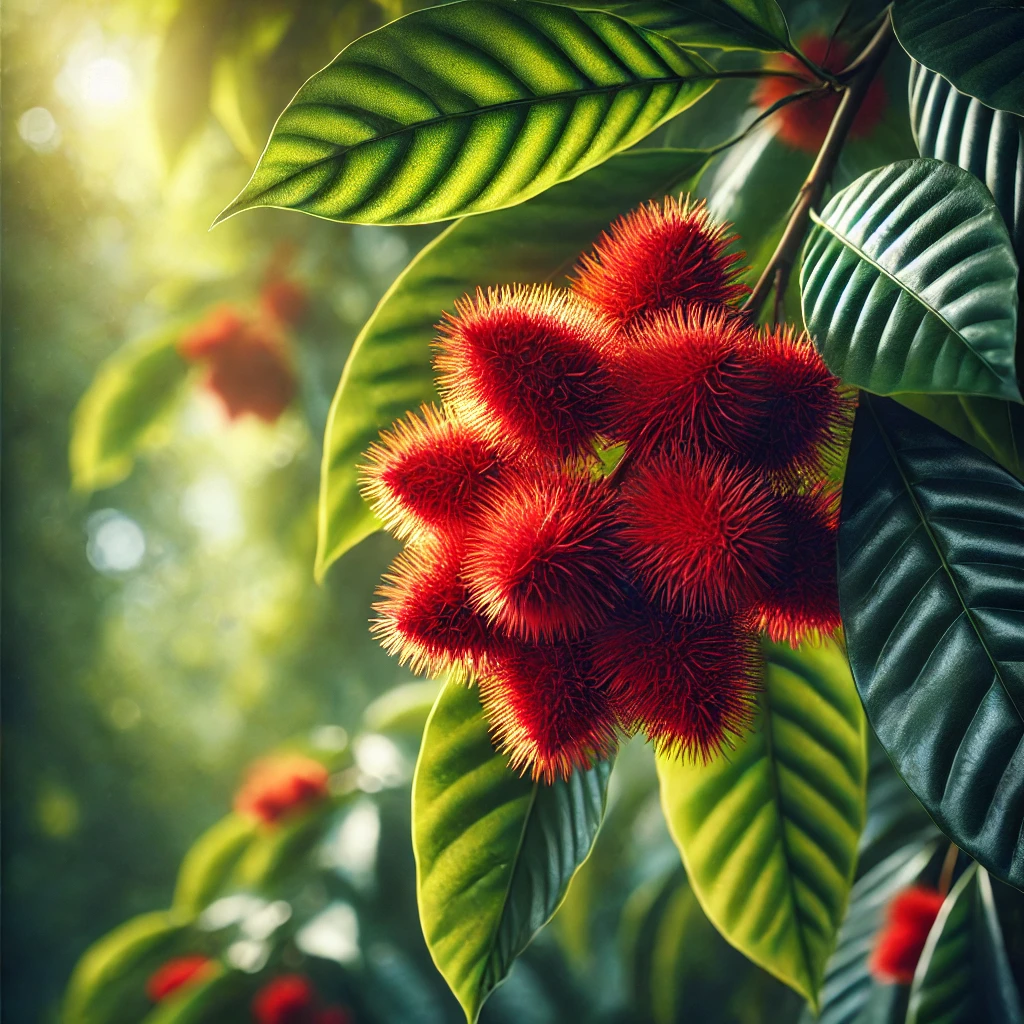Banana Peppers vs Pepperoncini Delicious
Description
Banana Peppers vs Pepperoncini
Banana peppers and pepperoncini may appear quite similar, especially when sliced and added to sandwiches or pizzas, making it hard to distinguish between the two. However, biting into them reveals notable differences. Here’s a guide to understanding the distinctions between banana peppers and pepperoncini, including advice on substituting one for the other.
Instructions
What Are Banana Peppers?
Banana peppers are medium-sized chili peppers with a vibrant yellow color and a zesty, mild flavor. Also known as yellow wax peppers, they have smooth, waxy skin. They can be enjoyed raw or pickled, and are commonly used in sandwiches, salads, pizzas, nachos, and on charcuterie and cheese boards.
What Are Pepperoncini?
Pepper-oncini are yellow-green chili peppers with a mildly spicy, tangy taste. Typically sold pickled, they offer a more sour flavor. Known also as sweet Italian peppers, golden Greek peppers, or friggitello in Italy, they are popular in Mediterranean dishes such as antipasto platters, salads, sandwiches, and pizzas. They are also a common garnish for Bloody Mary cocktails.
Differences Between Banana Peppers and Pepper-oncini
While both banana peppers and pepper-oncini belong to the capsicum annuum family, they differ in several key ways:
- Shape: Banana peppers are elongated with a slight curve and a pointed tip, while pepper-oncini have a more rounded end.
- Exterior: Banana peppers feature smooth, waxy skin, whereas pepper-oncini have a wrinkly, soft texture.
- Taste: Banana peppers have a mild, zesty flavor, with riper peppers being sweeter. Pepper-oncini are mildly spicy and tangy, with a sour edge when pickled.
- Texture: Banana peppers are firm and crisp when raw, offering a noticeable crunch. Pepper-oncini are softer raw but become crunchy when pickled.
- Heat: Banana peppers are generally milder, ranging from 0 to 500 on the Scoville heat scale, while pepper-oncini vary from 100 to 500.







